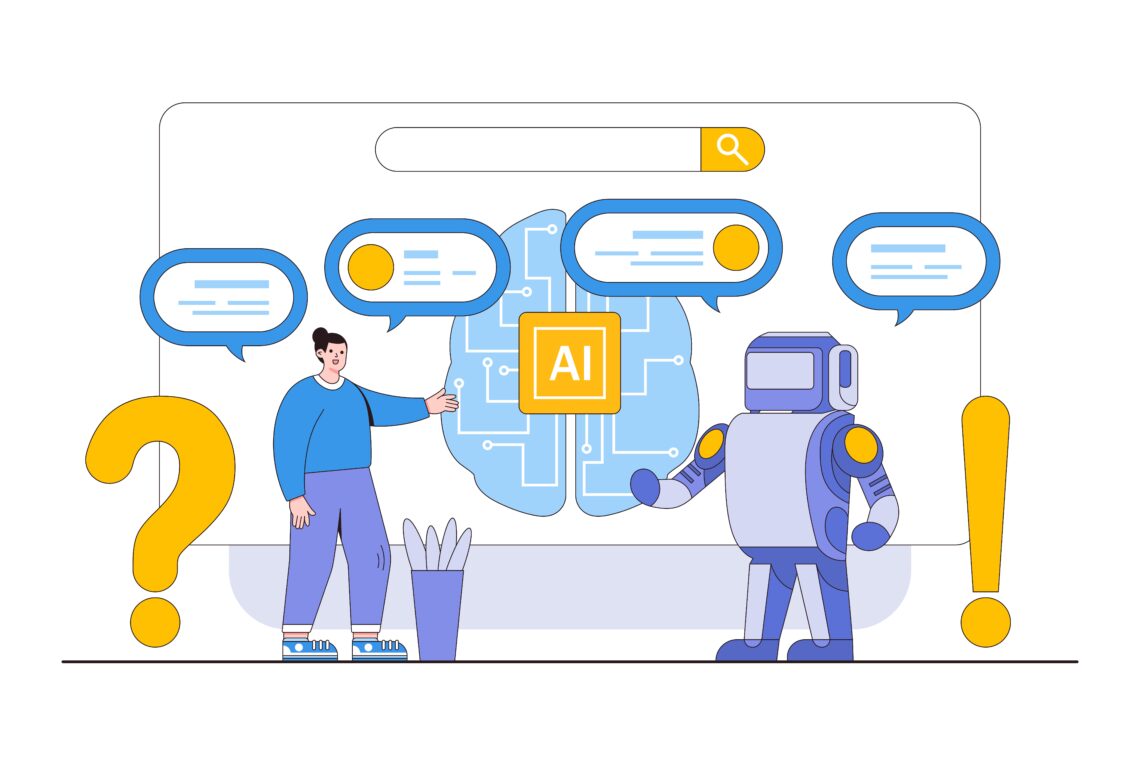
The world around us is pressured more than ever into being picture-perfect, aesthetically pleasing, and accessible. These user-friendly digital experiences have become more and more critical to ensure corporate success. Conventional UI/UX testing techniques despite their effectiveness, often lack speed, scalability, and real-time insights. AI-enabled testing solutions can offer a helping hand with this, revolutionizing the manner in which developers and designers validate their user interfaces.
Let us take a look at how AI testing tools are transforming UI/UX design testing in this blog, from enhancing responsiveness validations across devices to automating visual regressing testing and usability validation.
Automating Visual Regression Testing
Visual regression testing is amongst the most helpful use cases of AI in UI/UX testing. Machine learning algorithms are leveraged by AI-enabled tools to detect even minuscule visual discrepancy between design iterations. AI ensures that any issues, such as misaligned buttons, an accidental color shift, a broken layout are identified immediately.
Design and QA teams can scale testing across different devices, browsers, and screen resolutions without compromising quality thanks to automation, which dramatically minimizes the need for manual validations.
Usability Testing at Scale
The core of superior UX is an understanding of how users communicate with an interface. Predictive analytics leveraging gaze plots, behavior simulation, and heatmaps are used by AI-enabled usability testing tools to identify potential usability issues early in the design process.
Designers can verify prototypes in real-time and repeat tests faster based on insights supported by data, rather than being on standby for user feedback after launch.
Cross-Device Responsiveness Validations
Long gone are the days of manually changing the browser window’s size or carrying out multi-device testing to ensure responsive design. Artificial intelligence (AI) tools automatically examine how layouts adapt to different screen sizes and emphasize segments where elements may break, overlap, or behave abnormally.
For mobile-first design strategies, where uninterrupted responsiveness is a vital component of the user experience, this is especially critical.
Enhancing Collaboration between Developers and Designers
Not only do AI tools aid testers, but they also help with design and development teams interact more efficiently. Everyone stays in agreement with regards to design performance thanks to shared dashboards, real-time error identification, and automated reports.
Some tools are capable of offering AI-generated design suggestions, which allow developers to decrease rework cycles and resolve UI bugs more quickly.
Utilizing Predictive Design Insights
Artificial intelligence (AI) – enabled tools analyze design components and predict user behavior, including the location of user’s attention on the screen. This helps the UX teams in prioritizing image focus zones, CTA placements, and layout structure, ensuring that designs are not only efficient but also conversion-optimized.
AI Testing Tools’ Benefits
Detect Visual Issues that Functional Tests may Miss
Functional tests validate that components work, but not whether they are visually accurate. Visual testing fueled by AI detects layout errors, color changes, and misalignments that impact user confidence and brand consistency across platforms.
Minimize Test Maintenance via AI-Driven Match-Level Logic
Conventional scripts are often broken by minor UI modifications. Flexible match levels are utilized by AI tools to adjust, reduce false positives and bring down on test update time.
Accelerate Releases with Automation
Within CI/CD pipelines. AI tools automate extensive UI validation and allow faster, more confident releases by examining thousands of visual checkpoints in a short span of time.
Enhance Pipeline Dependability and Test Stability
By managing dynamic content and layout modifications intelligently, AI decreases test flakiness, resulting in more dependable builds and faster, more trustworthy feedback loops.
The Future: Ethics, Accessibility, and Customization
It is expected that AI will be more involved in delivering individualized UI/UX experiences by dynamically changing layouts and content in response to user behavior and preference. In addition, AI will keep enhancing accessibility auditing by automatically detecting font sizes, contrast issues and ARIA label gaps. The global automated testing market size is forecasted to touch USD 55.2 billion by 2028.
Of course, as with any AI integration, ethical problems like transparency and data bias need to be prioritized.
Now that the use cases and benefits have been described above, it would be natural for you to want to learn more about the AI testing tools that can help with this. Read this blog that explains the different types of free AI testing tools and how they help with UI/UX validation.
Conclusion
AI has rapidly earned its place as a fundamental component of modern UI/UX testing, and not just a buzzword. AI tools aid teams to build interfaces that are not only aesthetically appealing but also incredibly functional and user-centric by using predictive analytics, real-time responsiveness validations, and automation. According to the World Quality Report, organizations that use AI for testing have observed a 35% increase in test automation levels and a 45% decrease in overall test cycle time.
For digital product teams, the intersection of AI and UX design foreshadows an exciting new era. With the right resources, practices, and teamwork, you can ensure that your digital solution does much more than just look flawless; it works superbly in every way.











